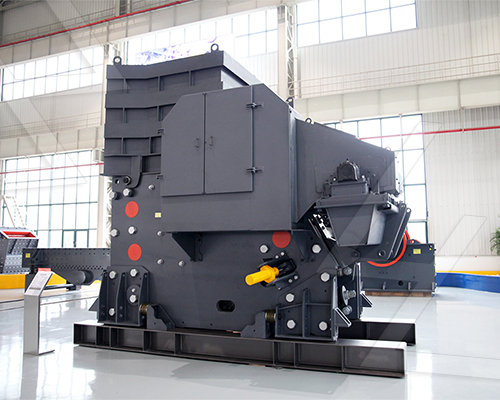.jpg) Mineral Flotation Cells: Selection and Maintenance
Mineral Flotation Cells: Selection and Maintenance
# 1. Selection of Flotation Cells
Choosing the right flotation cell is crucial for efficient mineral recovery. Key factors include:
## A. Cell Type
– Mechanical (Agitation) Cells: Use impellers to generate bubbles (e.g., Denver, Wemco, Outotec). Suitable for fine particles.
– Pneumatic (Column) Cells: Rely on external air supply (e.g., Jameson, Microcel). Better for coarse particles and cleaner stages.
– Hybrid Cells: Combine mechanical and pneumatic features (e.g., Eriez StackCell).
## B. Key Selection Criteria
1. Ore Characteristics
– Particle size (fine vs. coarse)
– Mineral type (sulfide vs. oxide)
– Pulp density and chemistry
2. Capacity & Throughput
– Required retention time (typically 5–15 min)
– Bank configuration (rougher/scavenger/cleaner stages)
3. Energy Efficiency
– Impeller design affects power consumption (kW/m³).
4. Froth Handling
– Deep froth for high-grade concentrates vs. shallow for high recovery.
5. Automation & Control
– Advanced systems adjust air flow, pulp level, and reagent dosing in real time.
6. Capital & Operating Costs
– Mechanical cells have higher maintenance but lower initial cost than columns.
# 2. Maintenance of F ation Cells
ation Cells
Proper maintenance ensures longevity and optimal performance.
## A. Routine Inspections & Tasks
1. Mechanical Components
– Check impeller wear and alignment (replace if eroded).
– Inspect bearings, shafts, and drive belts for wear/lubrication.
2. Froth Mechanisms & Launders
– Clean launders to prevent blockages from buildup.
3. Air Supply System
– Ensure spargers/diffusers are not clogged in column cells.
4. Pulp Level & Aeration Control
– Verify sensors and control valves are functioning correctly.
5. Corrosion & Lining Protection
– Rubber or polyurethane linings should be inspected for wear in abrasive slurries.
## B. Preventive Maintenance Schedule
| Component |





Leave a Reply